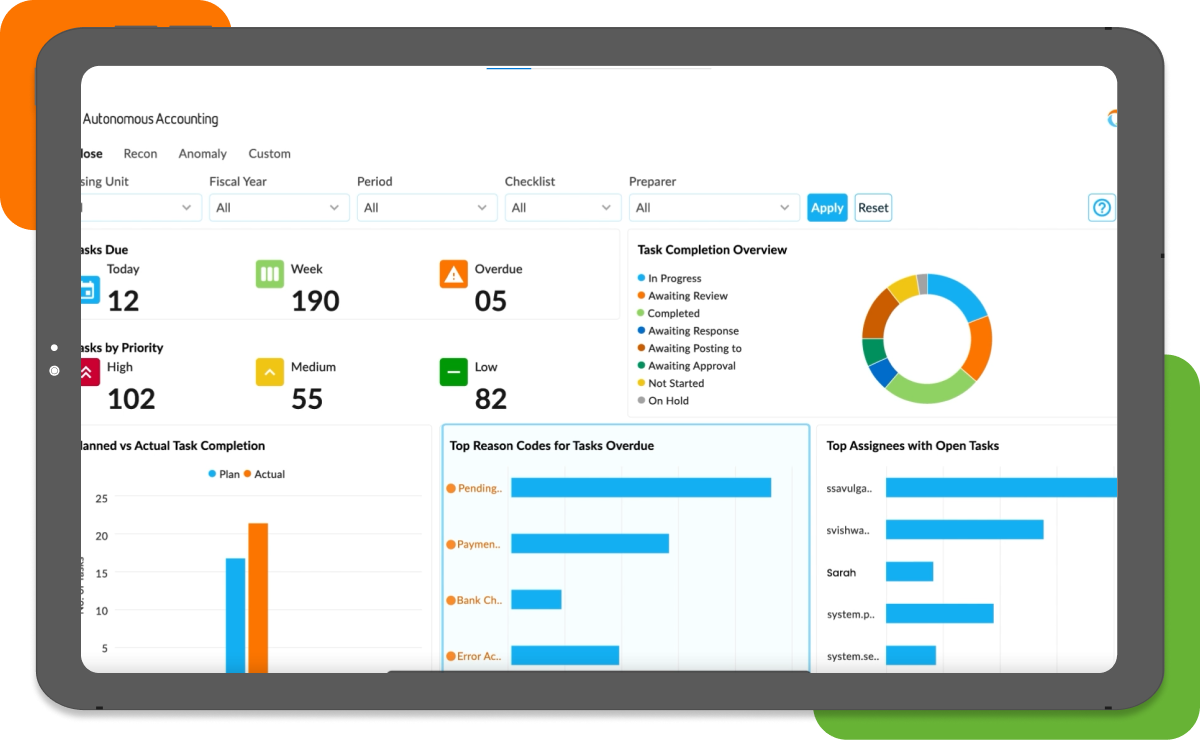Balance Sheet Reconciliation Software for Accurate Financial Close
Achieve 90% Automated Reconciliation with AI Agents
- Automate reconciliations with intelligent discrepancy detection and AI-driven matching.
- Improve accuracy using rule-based workflows and real-time data validation.
- Ensure compliance with secure audit trails and audit-ready reports
Trusted by 1000+ Global Businesses

Reconcile with 99% Accuracy with AI
Just complete the form below



















